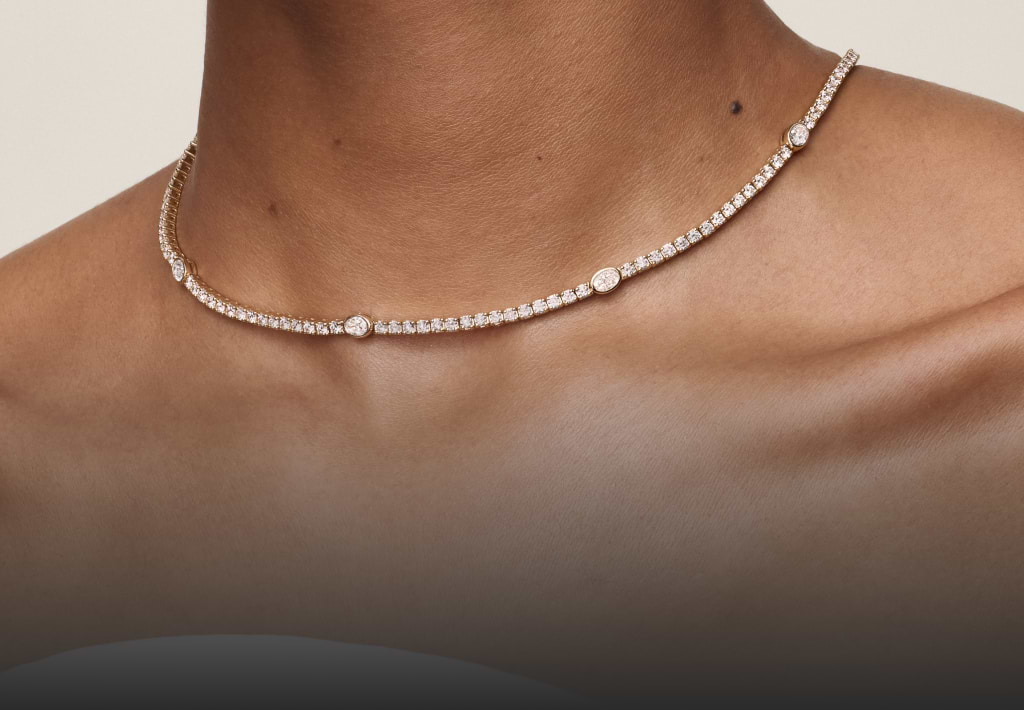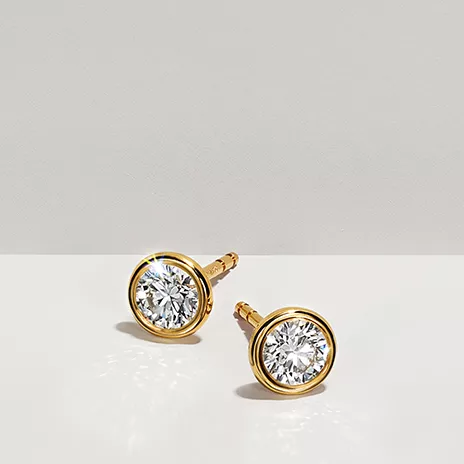The diamond industry has long faced scrutiny for its environmental impact and ethical concerns, especially regarding traditional mining practices. However, as consumers become more aware of these issues, lab grown diamonds and WWF (World Wide Fund for Nature) are emerging as important players in the push for sustainability. Lab grown diamonds offer a more eco-friendly alternative to mined diamonds, and the WWF has been instrumental in promoting sustainable practices across various industries, including the diamond sector. In this article, we will explore the relationship between lab grown diamonds and WWF, focusing on how these diamonds contribute to a more sustainable future.
What Are Lab Grown Diamonds and Why Are They Important?
Lab grown diamonds are diamonds that are created in a controlled laboratory environment using advanced technological processes. These diamonds are chemically, physically, and optically identical to natural diamonds, but they are produced in a fraction of the time. The process of creating lab grown diamonds involves replicating the natural conditions under which diamonds form beneath the Earth’s surface, using methods like High Pressure High Temperature (HPHT) and Chemical Vapor Deposition (CVD).
The importance of lab grown diamonds lies in their environmental and ethical benefits. Unlike mined diamonds, which require large-scale mining operations that can be harmful to the environment and local communities, lab grown diamonds are produced with minimal ecological impact. As consumers become increasingly concerned with sustainability, lab grown diamonds have become a more attractive choice. By supporting the growth of lab grown diamonds, consumers can help reduce the demand for mined diamonds and the associated environmental harm.
WWF’s Role in Promoting Sustainability in the Diamond Industry
The WWF is an international organization dedicated to the preservation of the environment and the promotion of sustainable practices across various industries. While the WWF is best known for its work in protecting wildlife and natural habitats, the organization also focuses on promoting responsible resource management in industries like mining, forestry, and agriculture.
In relation to the diamond industry, the WWF has been actively advocating for more sustainable practices, particularly in regard to the environmental and social impacts of diamond mining. WWF’s efforts have included promoting the responsible sourcing of diamonds, reducing the carbon footprint of the diamond supply chain, and encouraging companies to embrace ethical and sustainable practices. By aligning with WWF’s values, lab grown diamonds provide a viable alternative to mined diamonds, helping to reduce the negative impacts of diamond mining.
How Lab Grown Diamonds Align with WWF’s Sustainability Goals
Lab grown diamonds are a key solution for achieving WWF’s sustainability goals. The traditional diamond mining process is known for its significant environmental impact, including deforestation, soil erosion, water contamination, and the depletion of natural resources. In contrast, lab grown diamonds are created in a controlled environment with a much smaller carbon footprint. The production of lab grown diamonds requires significantly less energy and water compared to the energy-intensive processes involved in diamond mining.
Additionally, lab grown diamonds eliminate many of the ethical concerns associated with traditional diamond mining, such as human rights violations, unsafe working conditions, and exploitation of local communities. Since lab grown diamonds are produced in a lab setting, there are no issues of forced labor or child labor, which can sometimes be linked to the diamond mining industry. As such, lab grown diamonds are a more ethical and sustainable choice that aligns with WWF’s mission to promote environmental conservation and human rights.
WWF’s Advocacy for Ethical and Eco-Friendly Diamond Alternatives
WWF has been a vocal advocate for the diamond industry to embrace more ethical and sustainable practices. The organization recognizes that the diamond industry has a long history of contributing to environmental damage and unethical labor practices, and it has called on both consumers and businesses to prioritize ethical sourcing and environmental sustainability. One way WWF encourages this shift is by promoting lab grown diamonds as a more responsible choice for consumers who care about the environment and ethical production.
By supporting lab grown diamonds, consumers can help reduce the demand for mined diamonds and the harmful environmental and social impacts that come with traditional mining. WWF encourages companies to consider the environmental costs of diamond mining and to embrace alternatives like lab grown diamonds that do not contribute to the depletion of natural resources. This shift toward lab grown diamonds supports WWF’s broader environmental goals, including reducing carbon emissions, conserving biodiversity, and protecting ecosystems from the destructive effects of industrial mining.
The Growing Popularity of Lab Grown Diamonds and WWF’s Influence
The popularity of lab grown diamonds has grown significantly in recent years, and much of this growth can be attributed to the increasing awareness among consumers about sustainability issues. Consumers are becoming more conscious of the impact their purchases have on the environment and society, and as a result, they are seeking out more eco-friendly and ethical alternatives to traditional diamonds. Lab grown diamonds fit this demand, providing a high-quality, sustainable option for those looking for a beautiful diamond without the negative environmental and social consequences.
WWF’s influence in promoting sustainability across various industries has played a role in encouraging the adoption of more responsible business practices, including in the diamond sector. By aligning with WWF’s goals, many diamond retailers and manufacturers are embracing lab grown diamonds as part of their commitment to sustainability. This shift in consumer preferences and business practices has contributed to the growth of the lab grown diamond market and has paved the way for a more sustainable future in the diamond industry.
The Future of Lab Grown Diamonds and WWF’s Role in Promoting Sustainability
The future of lab grown diamonds looks promising, as more consumers and businesses recognize the environmental and ethical benefits they offer. As the demand for sustainable products continues to rise, lab grown diamonds are expected to become an even more popular choice for engagement rings, jewelry, and other diamond-related products. WWF’s continued advocacy for sustainability will likely further accelerate the adoption of lab grown diamonds as consumers seek out products that align with their values.
In addition to promoting lab grown diamonds, WWF is working to ensure that the diamond industry as a whole becomes more transparent and responsible. Through initiatives like the Kimberley Process Certification Scheme, which aims to prevent the trade in conflict lab created diamonds, WWF is helping to promote accountability and traceability in the diamond supply chain. By working with organizations like WWF, the lab grown diamond industry can continue to build on its commitment to sustainability and make a positive impact on the environment.
Conclusion: Lab Grown Diamonds and WWF Leading the Way Toward Sustainability
The relationship between lab grown diamonds and WWF highlights the growing importance of sustainability in the diamond industry. Lab grown diamonds offer a more ethical, eco-friendly, and affordable alternative to mined diamonds, making them an attractive choice for consumers who are concerned about the environment and human rights. WWF’s advocacy for sustainable and responsible practices in the diamond industry has played a key role in promoting the adoption of lab grown diamonds as a viable alternative to traditional mined diamonds.






